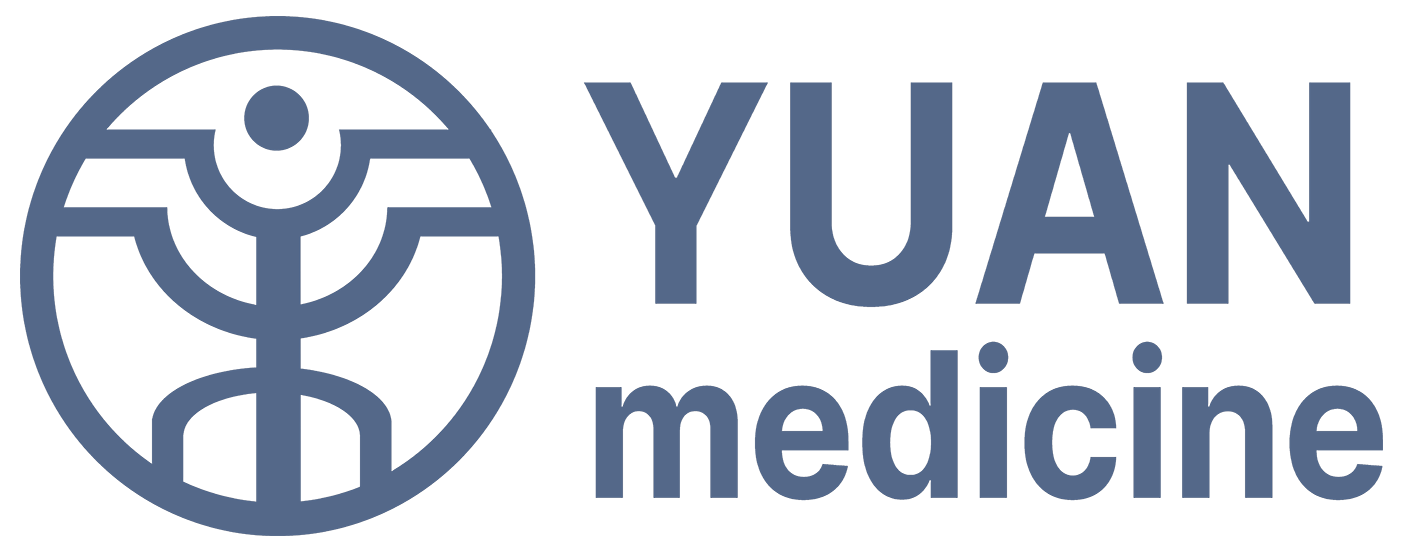Anyone who has or has had burnout can attest that burnout is a very personal problem. No two patients are alike. Yet, it’s often lumped together and treatment is generalized. How personal the issue becomes, or can become, depends on the therapist.
Things would be different if a clear distinction in diagnosis and approach were established from the beginning. Our professionals at Yuan Medicine have examined the phenomenon of burnout and medically categorized it into five different forms. These five forms each have a different level of depth and therefore often require a completely different approach.
Below, we present the five types of burnout:
- Overload Burnout
- Chaotic Burnout
- Allergic Burnout
- Rock Bottom Burnout
- Burnout Shutdown
Overload Burnout
This burnout is the first-degree burnout and is caused by working too much or thinking too much for too long without sufficient recovery time.
Characteristics: overtiredness, irritability, not feeling like doing anything, not wanting to finish anything, and especially longing for rest.
Of course, every form of illness and lack of energy is accompanied by negative mental feelings, but when someone with normal burnout gets enough rest, they noticeably improve.
Treatment for this burnout mainly consists of taking rest, pacing themselves appropriately, and building up a workable rhythm, allowing energy to build up gradually.
Chaotic Burnout
Chaotic burnout is a second-degree burnout in which the mind can no longer find peace and races around, continuously using the already low energy level, even during rest periods.
Characteristics include no energy to do anything, feelings of over-fatigue with a restless mind. Wanting to rest but not feeling it. Poor sleep. Feelings of panic and aggression.
Treatment for Chaotic burnout consists not only of resting and gradually building up energy, but also primarily focuses on calming the mind.
Allergic Burnout
This burnout is also a second-degree burnout. With this burnout, there is increased sensitivity to physical and/or mental stimuli in addition to the intense feeling of fatigue.
Characteristics: The low energy level has penetrated the patient’s sensitivity. This results in an actual increased level of allergies in the body with all kinds of allergic reactions such as shortness of breath, red spots, bumps, and much more. Because the immune system reacts too strongly to external substances with histamine reactions.
Increased mental sensitivity can also play a role in this burnout. This can occur alone or in conjunction with the physical allergy. This mental hypersensitivity is characterized by an inability to tolerate external stimuli such as light, sound, and movement. This form of hypersensitivity is therefore also called “allergy for life.”
Treatment for allergic burnout consists of rest and gradually building up energy. Regarding the patient’s diet, the foods to which they are allergic should be avoided or offered in an absorbable form. Colon cleansing is also an aspect that requires attention. Physical stimuli should also be avoided to a degree that does not disrupt rest. The buildup of energy should also occur in a way that stimuli become manageable again and food becomes digestible again.
Rock Bottom Burnout
Rock Bottom Burnout is what we call a third-degree burnout. This patient’s energy is simply depleted. There is also insufficient energy to convert food, for example, into usable energy in the body.
Characteristics: The patient is more than overtired. They are simply exhausted. They have no appetite, have very restless sleep, and often lie awake. Movements are slow. There is a headache, abdominal pain, and flank pain. The patient is lethargic, or emotionless.
Treatment: Treatment for this patient begins with plenty of rest, alternating with very small, easily digestible meals. Regular heat applications and herbs are used to promote sleep. Treatments are necessary to stimulate and support the organ systems. Once the patient has recovered from the deepest trough, other measures can follow, depending on the situation at that time.
Burnout Shutdown
With Burnout Shutdown, all organic bodily processes, one by one, cease functioning. This is also a third-degree burnout with a very low energy level and almost always a mental background.
Characteristics: The patient is extremely overtired. They have restless sleep and frequently wake up. There is lower back pain, a change in posture, and organs that have virtually stopped working. Other symptoms may include shortness of breath, headaches, painful muscle cramps, and a loss of appetite or food.
If you’d like to learn more about our approach to each individual’s burnout, please visit our website and ask your questions. We’d also be happy to schedule a consultation to provide you with more clarity.

